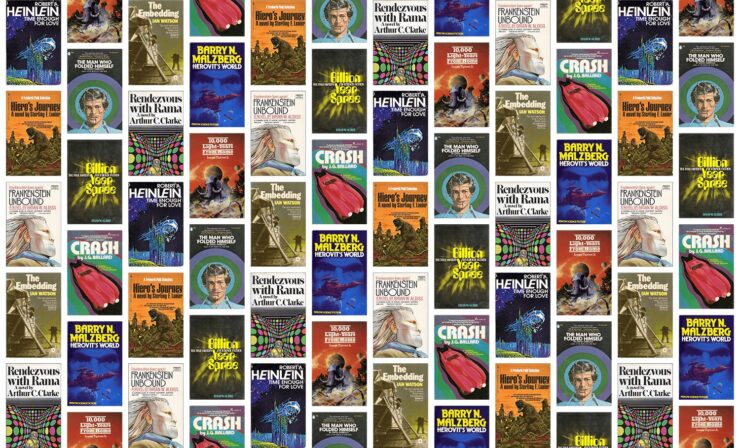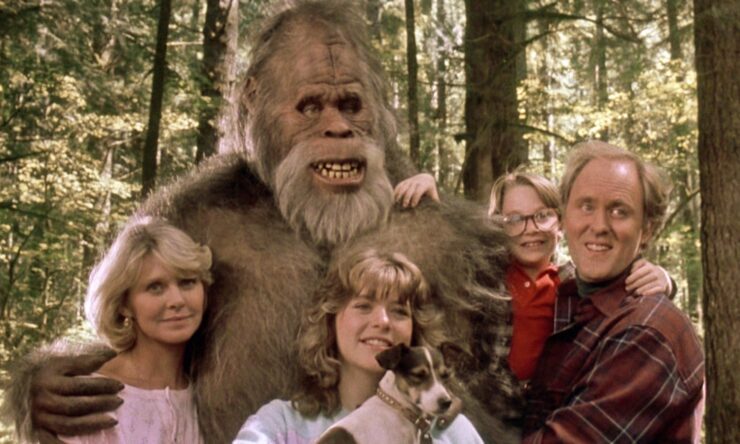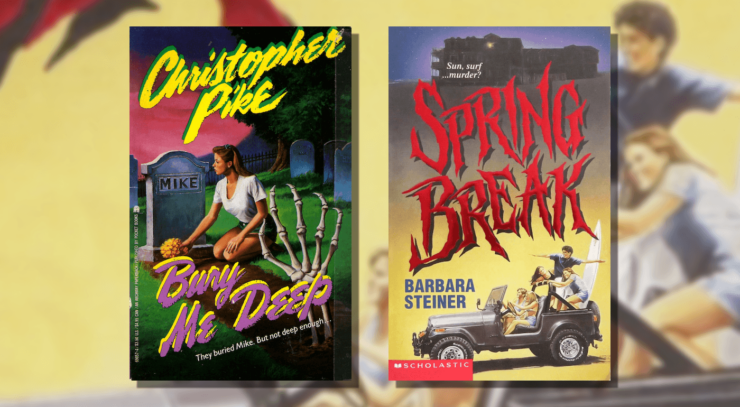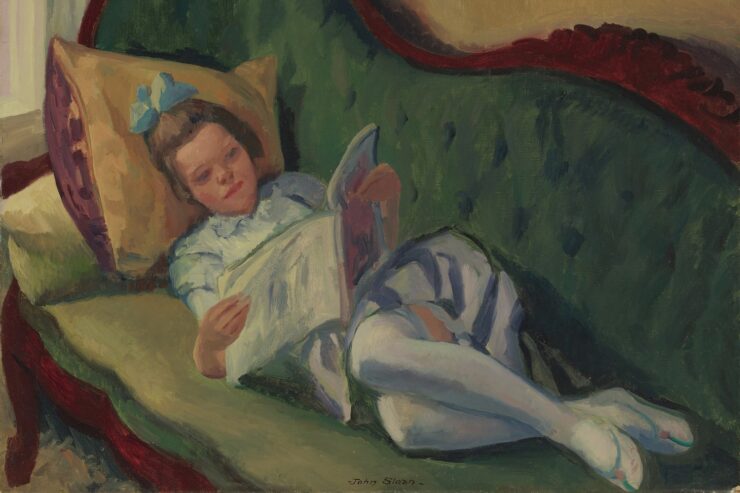A funny thing happened on the way to my recent essay about finding books to read. I hit on a way of researching SFF history that is potentially an enormous time sink. Specifically, how well-versed am I (and readers in general) in Golden Age science fiction? By which I mean “golden age” in the sense of Pete Graham’s aphorism that “the golden age of science fiction is twelve.”
In my case that year was 1973. Inflation was soaring, the Prime Minister was a fellow named Trudeau, and I had not the smallest familiarity with current fashion. However, I did have access to an abundance of bookstores, new and used, and an allowance measured in books-per-week1. What I didn’t have: any access to SF book reviews2. So, lacking that vital information, how closely did my reading habits follow those of reviewers?
As you know, Bob, the Internet Science Fiction Database is an internet database chock-full of information about science fiction and related fields. It can be searched in various productive ways, one of which is finding out which books garnered the most reviews, listed by year and decade. Thus we can easily discover which books were deemed most worthy of review3 in any particular year4. I could, for example, check to see what reviewers were talking about the year I turned 12.
What resulted was a flood of memories equal to any triggered by Proust’s madeleine. The top one hundred reviews are filled with works familiar to me. In fact, of that top one hundred, I have read fifty-seven5. Many of the books I have not read are familiar to me from all the times I picked up a copy from a bookstore shelf, frowned judgmentally, and put it back.
Lacking access to reviews as I did, I can only assume that my reading habits tracked reviews so closely because books that were widely reviewed were much more likely to be granted precious shelf space than books about which no conversations occurred. Books that sold well when new were more likely to turn up used in second-hand bookstores. It is also possible that because far fewer SF books were published back then, it was more likely I’d accidentally encounter the books reviewers were talking about.
In fact, while I can see clear evidence of my youthful reading preferences in the books I overlooked—I neglected works in languages I cannot read, works that appeared suspiciously literary or New Wave, works by authors whose previous novels I’d disliked, books suspiciously best-sellery—the most common reason I can see for having not read the books in the top one hundred is that I never saw a copy. At that time, book distribution in Ontario, particularly out in the sticks, was rudimentary and many books did not make it to Waterloo Region.
To be honest, I think Graham might have been off by a few years. Looking at the evidence, I became convinced that the golden age of SF was sixteen, because my hit rate for 1977 is even higher6. I credit high school, an environment that did its very best to encourage escapism.
Is my experience unusual? If you peruse the ISFDB list of most commonly reviewed books published the year you turned twelve, do you see an abundance of familiar faces? If you do, which are the ones you remember most fondly?
- An arrangement that no doubt looked much more cost-effective to my parents when MMPBs were 75 cents rather than the exorbitant buck ninety-five of the late 1970s. ↩︎
- I didn’t start buying SF magazines until the April 1977 issue of Analog. Not only did this provide me with access to reviews, it provided access to book ads for upcoming books. I still get a little zing when I see an old-time book ad and can and will discourse at length about them to anyone who makes the mistake of engaging me in conversation. If people didn’t want to know about Del Rey or SFBC ads of the 1970s, why would they even ask me for directions to Needles Hall? ↩︎
- In venues the ISFDB tracks. The 2500+ reviews on James Nicoll Reviews, for example, appear nowhere in the ISFDB. ↩︎
- Hat tip to Dreamwidth user Bolindbergh for explaining this to me. I will be using it to prompt memory when I am trying to decide which books to review for period-specific review projects. ↩︎
- Or in the case of Gravity’s Rainbow, attempted to read. ↩︎
- Just checking 2020 for calibration, I note that I’ve only read twenty-nine of the top one hundred most reviewed books of that year. I suspect recent SF gets crowded out by various retrospective review projects. In 2010, for example, when my employer was sending me lots of upcoming SFF, I read forty of the one hundred most reviewed works. ↩︎














